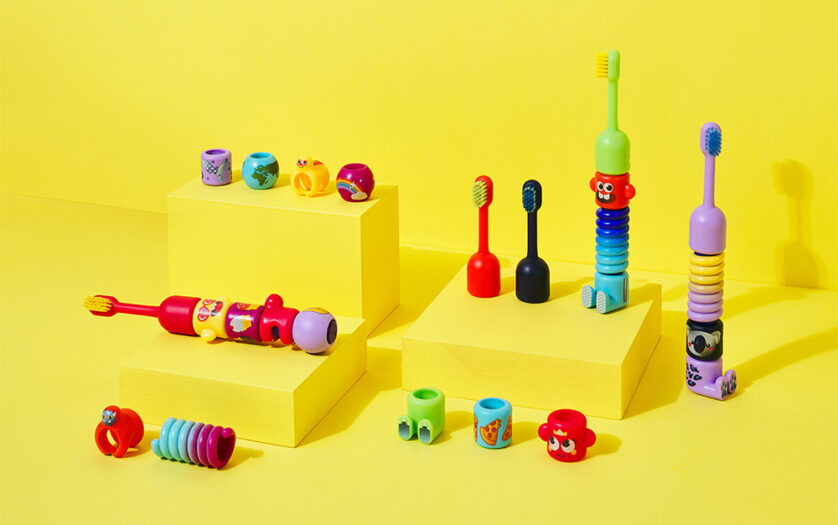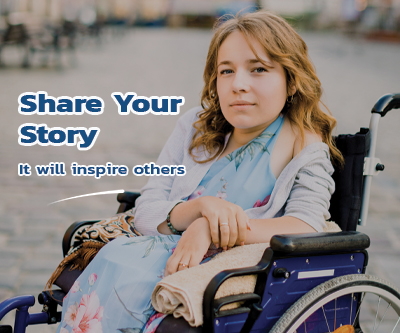
For many children with cognitive disabilities, daily routines such as toothbrushing can be overwhelming, uncomfortable, or difficult to navigate independently. Build-A-Brush—designed by Leadoff Studio for Babsy—was created to change that experience. More than a toothbrush, it is a therapeutic tool that helps children build confidence, practice fine motor skills, and establish healthier oral-care habits through a design that adapts to their needs rather than expecting them to adapt to it.
Build-A-Brush uses a modular, customizable system that allows parents, caregivers, and ABA (Applied Behavior Analysis) therapists to tailor the toothbrush’s handle, texture, and color to each child’s sensory profile and motor abilities. Children who are easily overstimulated can select calming textures and shapes, while those who benefit from strong visual cues can choose pieces with bold colors or character symbols. This flexible format helps reduce stress around toothbrushing and encourages consistency; an essential step toward long-term oral health.
Each component of Build-A-Brush is intentionally shaped for easier handling, especially for children with limited dexterity or delayed fine motor development. The soft edges, smooth matte surfaces, and rounded forms are designed to support successful grasping and assembly. By allowing kids to build and rebuild the brush themselves, the product transforms a potentially challenging task into an activity that promotes problem-solving, sensory engagement, and self-expression. The process mirrors the familiar feel of fidget toys, action figures, and building blocks—objects many neurodivergent children already use to regulate and learn.
During the research phase, Leadoff Studio developed a “Kid’s Cultural Matrix” to better strategize Babsy’s use of the colors, patterns, and visual themes that resonate with different age groups. This design strategy helped shape not just the toothbrush parts, but the brand ecosystem surrounding the product. The result is a tool that feels inviting and empowering rather than clinical, helping children see toothbrushing as something they can control and personalize.
The interchangeability aspect is playful yet supports cognitive growth by giving children a sense of ownership over daily routines. Assembling the toothbrush reinforces motor planning, sequencing, and sensory learning, which are foundational skills for many children working through developmental delays or cognitive challenges. For families and therapists, Build-A-Brush offers a way to practice life skills in a supportive, low-pressure environment.
By blending inclusive design with evidence-based therapeutic principles, Build-A-Brush demonstrates how thoughtfully designed products can make everyday tasks more accessible. It is a small tool with a meaningful impact—helping children feel capable, confident, and represented in their own care routines.
By Jordan Diatlo, Founder, CEO, and Creative Director of Leadoff Studio








